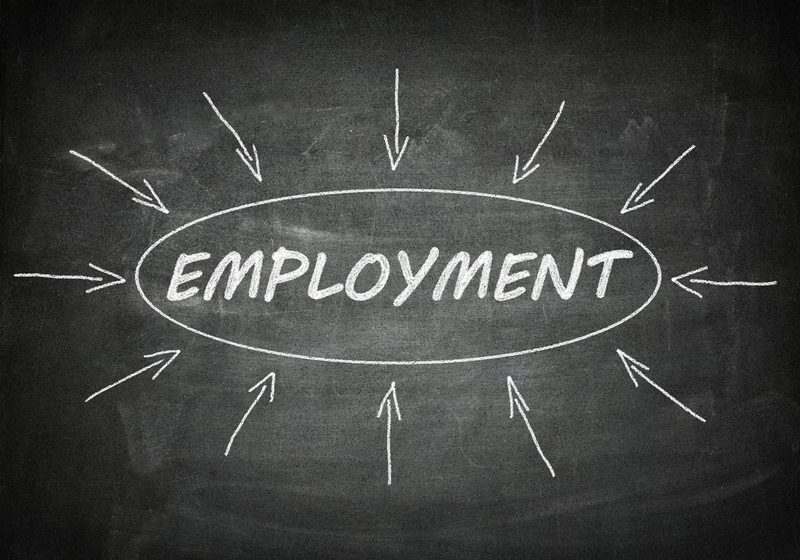Unemployment rose slightly in September for people with disabilities, reflecting a net rise in individuals entering the labor force, according to the recent National Trends in Disability Employment (nTIDE) COVID Update. Experts referenced the increases in labor force participation and the employment-to-population ratio in the recent nTIDE September Job Report.
“We are seeing people with disabilities continue to engage in the labor market to a greater extent than people without disabilities,” said Andrew Houtenville, PhD, professor of economics at the University of Hampshire (UNH) and research director of the UNH Institute on Disability. “With the impact of inflation affecting the costs of basics such as food and housing, households of people with disabilities may be feeling the pressure to maintain or increase their income.”
Even without inflation, people with disabilities need to strive to cover their basic needs, according to Elaine E. Katz, MS, CCC-SLP, senior vice president of grants and communications at Kessler Foundation. “Nationally, poverty is a fact of life for the majority of people with disabilities,” Katz stated, citing data from ALICE, a national research project of United Way Northern NJ. ALICE is an acronym for Asset Limited, Income Constrained, Employed, and represents the growing number of families who are unable to afford the basics of housing, childcare, food, transportation, health care, and technology.
Based on the American Community Survey of 2019, the latest brief in the ALICE in Focus series − Financial Hardship Among People with Disabilities − breaks down poverty nationally, by state, and by county. “More than half of all people with disabilities live in households with income either below the poverty level or below the ALICE threshold,” reported Katz, who served on the ALICE in Focus National Leadership Committee for People with Disabilities.
“These data are likely a major reason for striving to work among people with disabilities,” added Dr. Houtenville, noting that these are conservative numbers, since the federal poverty level needs updating for today’s living standards. “And it’s important to note that despite being employed, many households still struggle to meet their daily needs.”
[Source(s): Kessler Foundation, EurekAlert]
Related Content:
nTIDE August 2022 COVID Update: Unemployment Stable at Pre-Pandemic Levels
New Kessler Survey: Effects of COVID-19 on People with Disabilities in the Workplace



